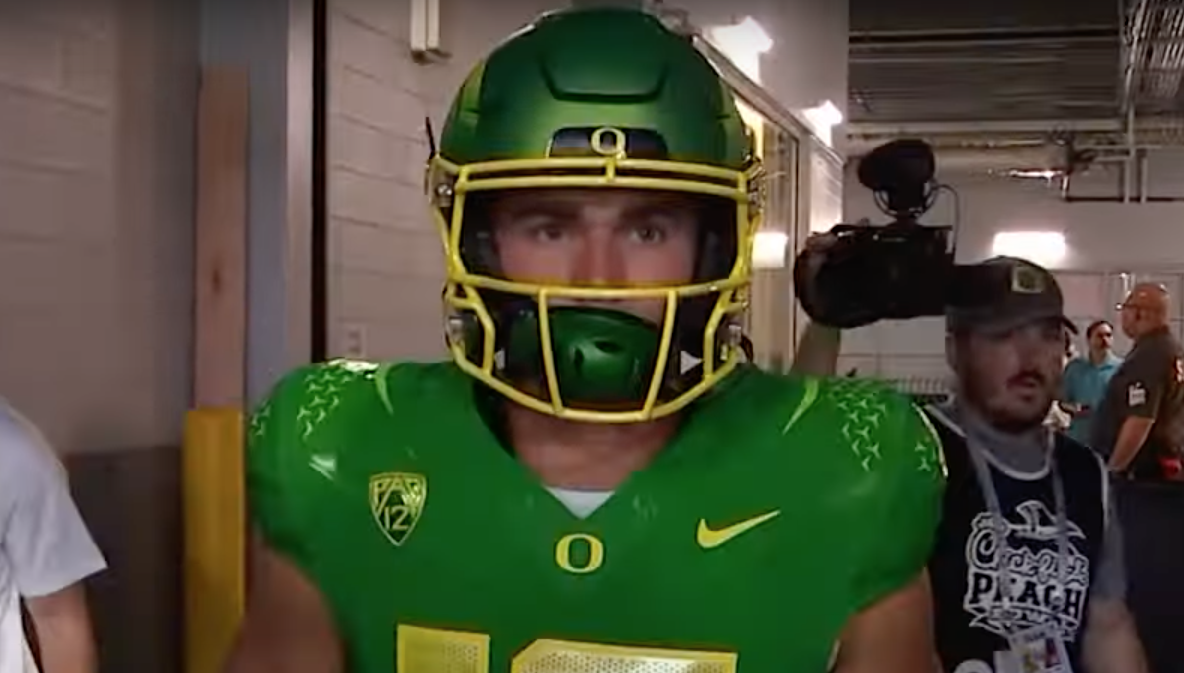Puts, calls, strike prices, premiums, derivatives, bear put spreads and bull call spreads — the jargon is just one of the complex aspects of options trading. But don’t let any of it scare you away. Options can provide flexibility for investors at every level and help them manage risk. To see if options trading has a place in your portfolio, here are the basics of what options are, why investors use them and how options trading works. What is options trading?
Just like you can buy a stock because you think the price will go up or short a stock when you think its price is going to drop, an option allows you to bet on which direction you think the price of a stock will go. But instead of buying or shorting the asset outright, when you buy an option you’re buying a contract that allows — but doesn’t obligate — you to do a number of things, including: – Buy or sell shares of a stock at an agreed-upon price (the “strike price”) for a limited period of time. Options trading may sound like it’s only for commitment-phobes, and it can be if you’re simply looking to capitalize on short-term price movements and trade in and out of contracts — which we don’t recommend. But options are useful for long-term buy-and-hold investors, too. Why use options?
Investors use options for different reasons, but the two main ones are to limit their exposure to risk on stock positions they already have and to make controlled speculative bets.
Let’s say you own stock in a company but are worried about short-term volatility wiping out your investment gains. To hedge against losses, you can buy an option (technically, a “put” option) that gives you the right to sell a particular number of shares at a predetermined price. If the share price does indeed tank, the option limits your losses, and the gains from selling help offset some of the financial hurt. On the flip side, if there’s a company you’ve had your eye on and you believe the stock price is going to rise, a “call” option gives you the right to purchase shares at a specified price at a later date. If your prediction pans out you get to buy the stock for less than it’s selling for on the open market. If it doesn’t, your financial losses are limited to the price of the contract. Here we’ll use a metaphor to explain the mechanics of how this works.
How options work
Two art collectors spot the work of a hot new artist in a gallery. The paintings — the stand-in for a stock in this example — are being sold for $500 each, and each collector predicts the market will soon be clamoring for this artist’s work and thus drive up prices. One collector dives right in and forks over $500 to the gallery owner to take home a painting. The other one buys an option on a painting.
Buying an option requires a smaller initial outlay than buying the stock.
For a fraction of the $500 price tag, the option holder pays the gallery owner to hold onto the painting until a certain date. At this point, the collector doesn’t own the painting; he owns a contract that gives him the right — without any obligation — to buy the painting within a certain period of time for the agreed-upon price of $500. An important caveat if you’re considering trading stock options in real life: Each option contract represents a minimum of 100 shares. So while the option contract may not cost much, if you decide to exercise the option and purchase the underlying asset, you’ll have to pony up enough to buy all 100 shares at the strike price. An option buys an investor time to see how things play out.
If demand for the artist’s work heats up — let’s say prices rise to $600 — the collector who bought the painting outright for $500 is sitting pretty. She can either hold onto the asset and see if the value continues to increase, or she can sell it for a profit. The option holder also is in a good place because, remember, he’s got a discount coupon in his back pocket. The option contract locked in the price of the painting at $500, and the gallery owner is obligated to honor the contract even though the going rate is now $600. The option holder can either choose to exercise the option and buy the painting for $500 or make a profit by selling the contract, which is now more valuable since painting prices on the open market have gone up. An option protects investors from downside risk by locking in the price without the obligation to buy.
Of course, there’s also the possibility that tastes will change, demand for the artist’s work will dry up and prices will be driven down. The collector who paid $500 upfront for a painting can either sell it at a loss or hang the overpriced dust magnet above the sofa and hope that the world will someday deem it a masterpiece. The collector who paid for the option contract also suffers a loss: There’s no financial upside to exercising his option, because the strike price in the contract is now higher than the cost of buying the painting on the open market. But at least his loss is limited to just what he paid for the contract. Remember, at no point is someone who buys an option obligated to buy the underlying asset. They can simply walk away from the deal and have enough money left over to shop for something else to put on the living-room wall. Or, leaving the metaphor behind now, to add to their investment portfolio. Dayana Yochim is a staff writer at NerdWallet, a personal finance website: Email: dyochim@nerdwallet.com. Twitter: @DayanaYochim. This post has been updated.
The article Options Trading 101: What You Need to Know originally appeared on NerdWallet.
– Sell the contract to another investor.
– Let the option contract expire and walk away without further financial obligation.

















